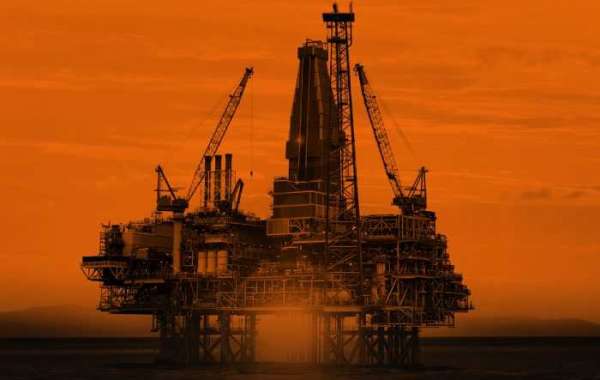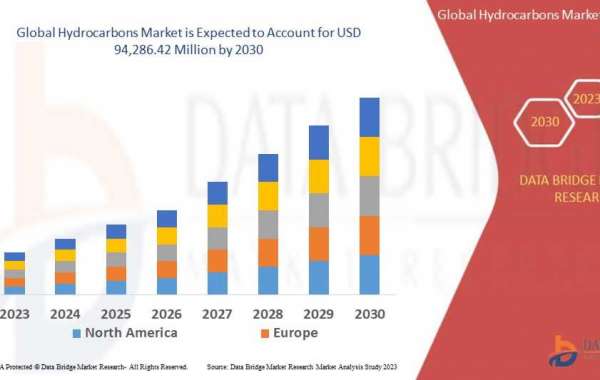Beginning: For expert engineers, unraveling any craft and making it your domain of influence or experience takes years of learning and practical skill application. Likewise, in oil well exploration and drilling to access oil and natural gas reservoirs, there are bound to be several challenges and obstacles to reaching the desired spot. Extended-reach wells and drilling are two terms that complement each other. Let’s find out more below.
What Are extended-reach wells?
Extended-reach wells have longer lateral offsets compared to their true vertical depth. It helps cut a lot of costs associated with establishing costly exploration and drilling equipment. There are various types of extended-reach wells.
What is extended-reach drilling?
Extended-reach drilling is the drilling of horizontally lengthy wells. Extended reach strives to reach a larger area from a single-point surface drilling location. It also aims to maintain the well in the reservoir at a longer distance in order to fully utilize productivity and drainage potential.
Drilling directional wells with a longer horizontal reach (extended-reach drilling, or ERD) is a highly difficult task, as directional drilling requires special planning to properly execute well construction.
Purposes and Uses of Extended Reach Wells and Drilling
Extended Reach Wells (ERW)
(a). Extended reach wells (ERW) are very long (depth-wise) and shallow vertically. The long-reach wells are drilled to access faraway reservoirs and cut infrastructure and operations costs necessary to access oil and gas reservoirs.
(b). Extended-reach wells can add value to oil and gas operations as they cut down on environmental impacts and reduce the cost of subsea infrastructure.
(c). In oil and natural gas exploration, extended-reach wells are drilled to reach subsurface wells where oil and natural gas exist. In cases where it is not possible to drill wells directly above the deposits due to geographical obstacles like mountains, rivers, or human settlements, the wells are drilled from surface locations a little further away using directional drilling technology.
Extended Reach Drilling (ERD)
(d). Extended reach drilling (ERD) is used for long horizontal wells at high inclination angles to access underground oil and natural gas deposits that are further away from the drilling location than wells drilled in a vertical format.
(e). ERD is an advanced form of directional drilling methodology where drilling at high inclination angles makes drilling horizontal wells even over long distances possible.
(f). Extended-reach drilling technology is highly used in EP projects like tracking potential locations capable of producing oil or natural gas from deposits below the surface or seabed. They employ high-angle wells from the land rather than building offshore platforms directly above the deposit locations and drilling vertical wells to access the oil and natural gas.
(g). Extended-reach drilling involves drilling wells horizontally to at least twice their vertical depth. It minimizes any adverse impact on the environment while maximizing the drainage and productivity of the oil and natural gas reservoirs or deposits.
Conclusion: In a drilling class, students can learn that accessing reservoirs and deposits can pose significant challenges and obstacles. However, once they have completed complex drilling training for extended reach wells by Merlin, they can achieve results once perceived as impossible.
For more information:
Source Url :- https://sites.google.com/view/merlinerdi/home










